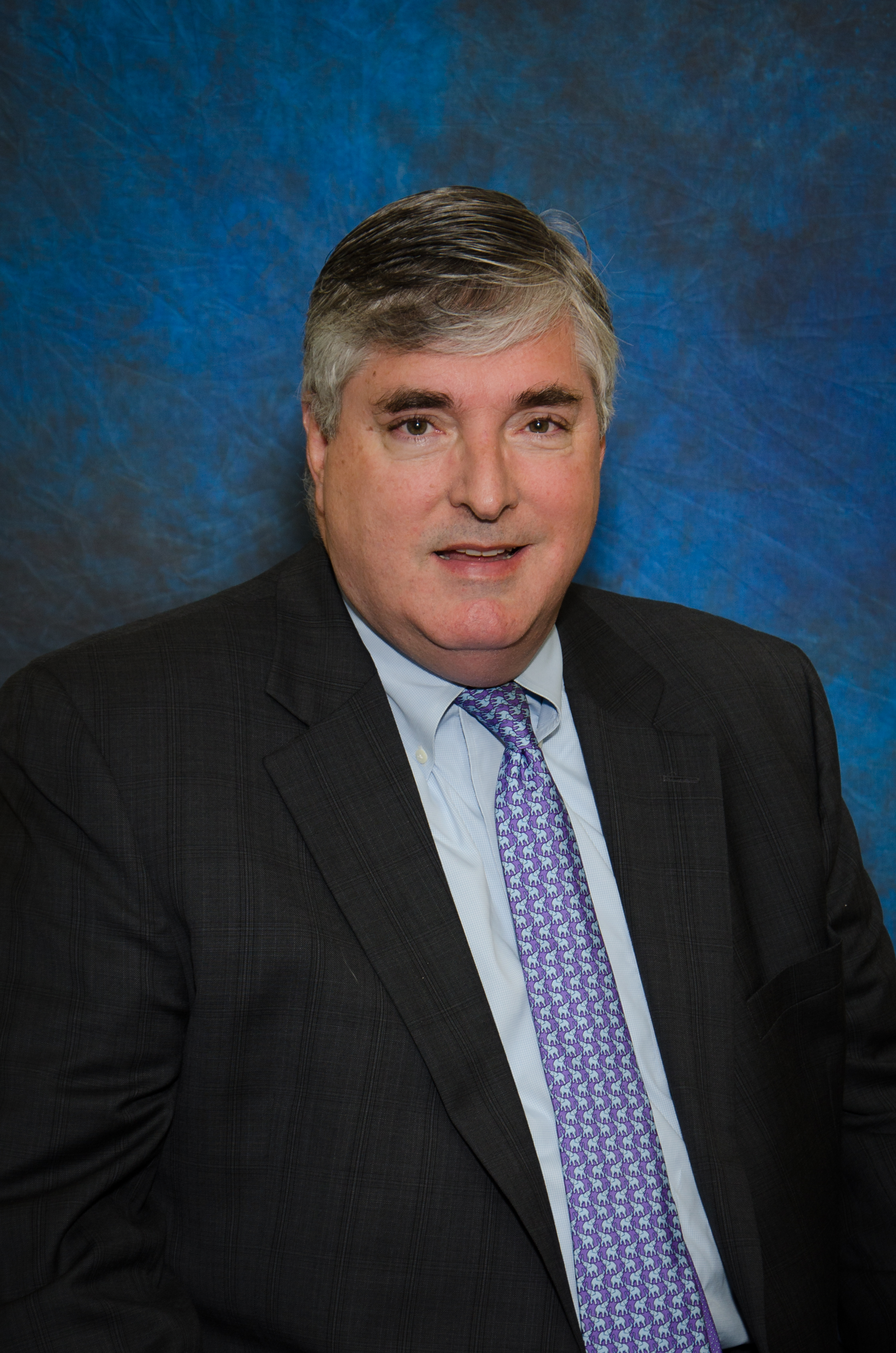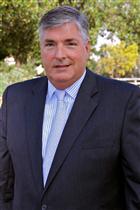
Greetings—
In a session last week, organized by Funders for Smart Growth and hosted by the Community Foundation, funders from around California and as far away as New York came to Fresno to think about opportunities here in the Central Valley. It was a clarion call, both to the philanthropists in the room and to the community at large.
Over two days, a number of panels focused on the work underway, the needs in the region and the opportunities to partner. The goal was to explore options for smart investments to advance community change and expand opportunities. One of the panelists, speaking with conviction and passion, noted the importance of including those whose lives are often directly impacted by the work. He declared: “nothing about us without us”. It was a reality check, helpful for local and visiting philanthropists alike. It is critical to remember that our work is often accomplished by and with others, and its impacts are felt by many who are removed from the funding decision.
Yes, the capital is vital but the work is not ours alone.
It is one of the paradoxes of philanthropy: privileged resources are often harnessed, invested and dedicated to causes and organizations with a tangible impact on people who sometimes live in different worlds. It is their lives, communities and circumstances that such investments are dedicated to changing, as well as carrying forth commitments and deeply held beliefs that such work is worth doing.
In fact, one of greatest benefits of philanthropy is putting assets to work for causes that are difficult and challenging, require patience, fortitude, conviction and belief, and which rest on the ability of folks to work together.
Effective philanthropy is the platform
Effective philanthropy is deeply embedded in our mission and calls us to move beyond the important acts of charity and kindness, to thinking about what is truly the most effective use of these precious and potentially transformative dollars. Our commitment to tracking outcomes and sharing data and research is as true for our discretionary dollars as for those distributions from our donors seeking guidance, and for those funds entrusted to us to carry out a designated purpose.
Multiple opportunities to invest in changing lives
During the Funders for Smart Growth gathering speakers from multiple panels shared their perspectives - on changing demographics in communities, on inequities that remain far too visible and indefensible and on long-standing practices that need rethinking. There was great discussion around the potential benefits of investing in programs and projects focused on systems change, land use, environmental sustainability, smart growth, expanding civic engagement and providing access to basic needs and resources.
The interest and commitment of the funders was heartening, especially for a region that has traditionally seen proportionally fewer investments from statewide and regional funders. There is good work to be done and great interest in working together.
The human element matters
Throughout the two days of discussions what resonated most were the words of the panelist who put things in the human context. It is not only through collaboration and sharing, and setting outcomes for success, but also engaging those who are most directly impacted by our work: specific individuals, families or neighborhoods where lives can be strengthened, supported or transformed by this work.
As we remind ourselves of the value of thinking carefully, it is useful to remember that the choir is not the only audience that matters. As we think about the needs in our Valley, we have a chance to listen to the diverse and valued voices who make up the communities that nurture and support so much in our region. Come join us.
Best Regards,


Comments